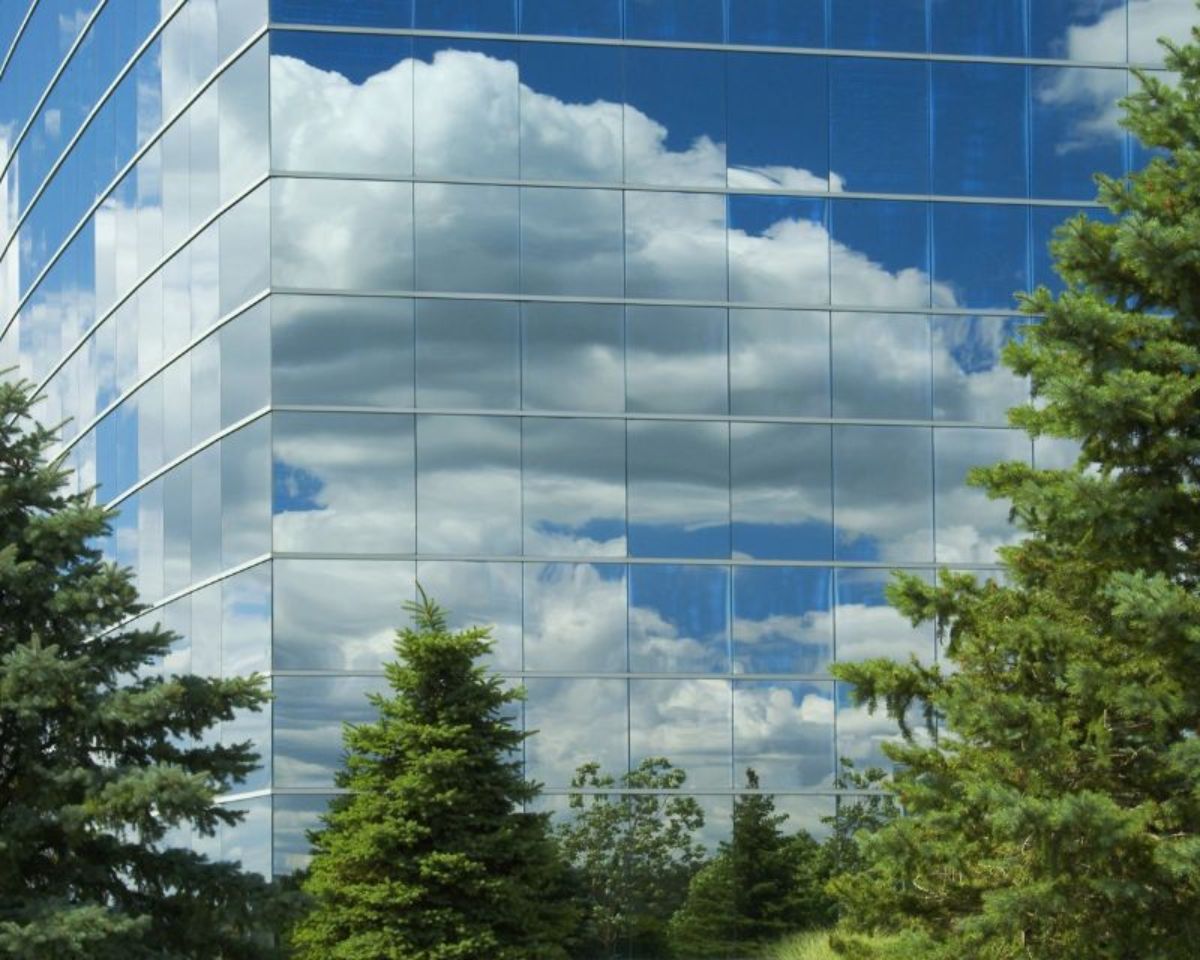There is a fast-growing trend of developing green buildings across the globe, and South Africa is following suit. Countries are moving away from conventional construction and moving towards sustainable buildings that have a lower impact on the environment and create better interior environments for the building inhabitants. If you are looking to develop a green building, you are going to require the assistance of a quantity surveyor. The PPQS quantity surveyor team will provide you with the best assistance to take your green building from 2D plans to a 3D sustainable reality.
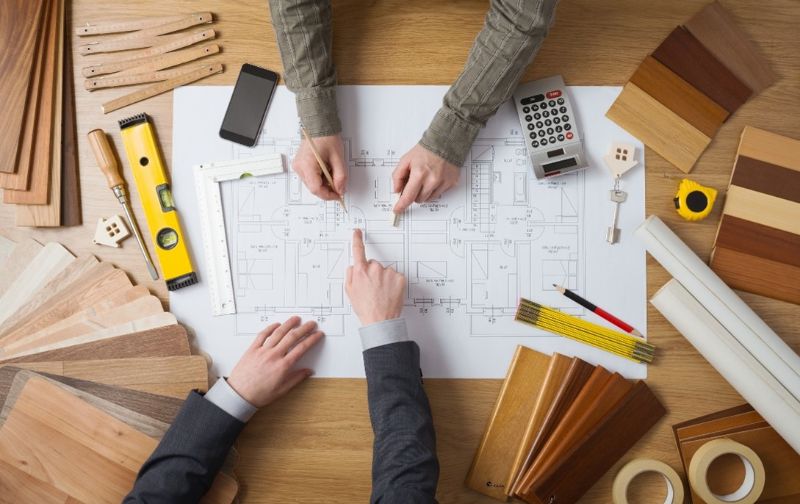
What is a Green Building?
For a building to be deemed a green building, it needs to be an environmentally sustainable building. Environmental sustainability is the core focus throughout each step of the building’s design, construction, and future operations. There are various ways environmental sustainability can be achieved in the construction of a green building.
Environmental sustainability can be achieved in a building through the reduction or complete removal of the building’s dependency on finite resources, such as coal-powered energy and water. There can also be a minimised use of finite raw materials in the construction of a green building.
Green buildings are the future of building developments. To bring the future into the present day, you will need to partner with a quantity surveyor for your green building project.
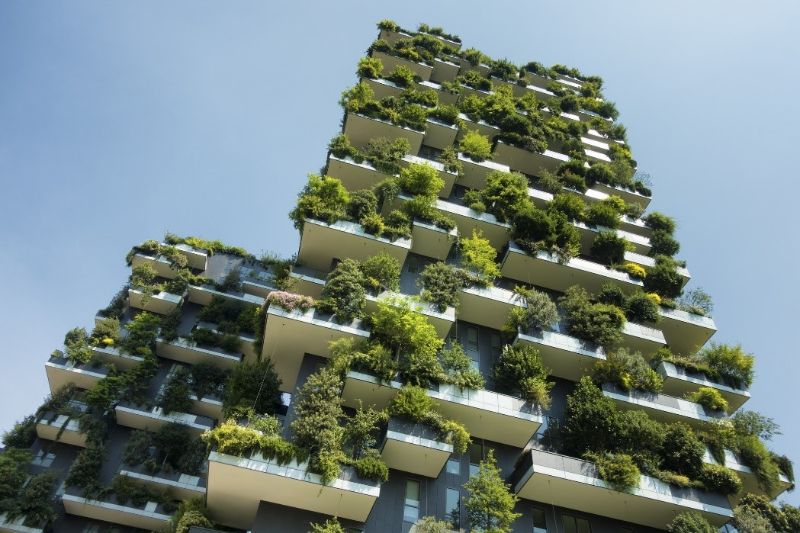
The Role of a Quantity Surveyor in Green Buildings:
A quantity surveyor is a construction professional who will provide you with assistance on the costing and contracts of the construction of a building. Quantity surveyors are an integral part of every construction team. Without a quantity surveyor, a building plan will remain filed in a drawer rather than standing as a proud addition to a community.
When designing a green building, you will initially need an architect and an engineer. The architect will sit with you and capture the concept of your building’s design in a plan. Once the plan is finalised and approved, the engineer will stipulate all the designed construction components. From this stage is when a quantity surveyor steps in.
These are the services a quantity surveyor will perform for the construction of a building.
Project Feasibility: A quantity surveyor will assist you in the initial stage by running preliminary costs to assess the feasibility of your building project.
Costs: A quantity surveyor will provide you with a cost estimate of the construction of the building in a bill of quantities. From construction materials to plumbing to kerbing to paint, everything involved in the construction of the building will be included in the bill of quantities. Quantity surveyors will also provide you with a cost plan and assist you in managing the costs throughout the construction project.
Tender Documents: A quantity surveyor will compose tender documents to then present to possible contractors. Once they have received the contractor’s returned tenders, the most suitable tenders will be presented to you so that you can decide who you will hire for the construction of your building.
Contracts: A quantity surveyor will prepare and handle all the necessary documents and contracts for the building project. This will also include making any necessary revisions or alterations to the contract throughout the work project.
Risk Prediction: A quantity surveyor will analyse the building projects for any potential risks. Precautions will then need to take place during the building construction to mitigate these risks.
These are the traditional duties that a quantity surveyor will perform on a conventional building and a green building. Alongside these traditional duties, the quantity surveyor will also incorporate these specific services for a green building.
Life Cycle Costing: Life cycle costing refers to the assessment of the total environmental impact the building will have throughout the entire life cycle of the building. From extraction of the raw materials to daily operations to the eventual disposal of the building, the life cycle costing assesses the environmental impact at every stage. Life cycle costing is therefore used to help make more environmentally friendly decisions during the design process of the building.
Green Costing: The cost premium on environmentally friendly buildings can be relatively higher than conventional buildings. This cost premium varies according to the planned location of the green building. The quantity surveyor will need to collect and analyse the additional green costs and make an assessment during the feasibility stage. Quantity surveyors will need to outline the initial green costs and compare them to costs during the life cycle of the building. For example, the initial cost of incorporating solar panels for the water heating system will be outweighed by the energy consumption costs during the building’s operational phase.
Consulting on Green Star System: In South Africa, a green building needs to be certified by the Green Building Council South Africa. The Green Building Council South Africa will allocate a green star certificate to green buildings. The green star certificate takes into consideration the sustainability of every aspect of the design, construction, and operation of the building. The quantity surveyor will be knowledgeable about the green star rating system requirements and advise on how these can be incorporated into the green building design.
Valuing Sustainability of Project: Quantity surveyors will need to evaluate the sustainability of the green building according to the carbon footprint of the building. The quantity surveyor will need to establish a carbon footprint measurement methodology and then compare this against carbon off-setting components to be incorporated into the construction of the building.
Sustainability Strategy Development: Ultimately, quantity surveyors will be an integral component of creating a sustainability strategy for the development of the green building that entails creating an environmentally sustainable building within a feasible budget.
These services offered by quantity surveyors are invaluable to the construction of a green building. When it comes to finding quantity surveyors who offer all the needed quantity surveyor services for green buildings, PPQS is the right company to partner with.
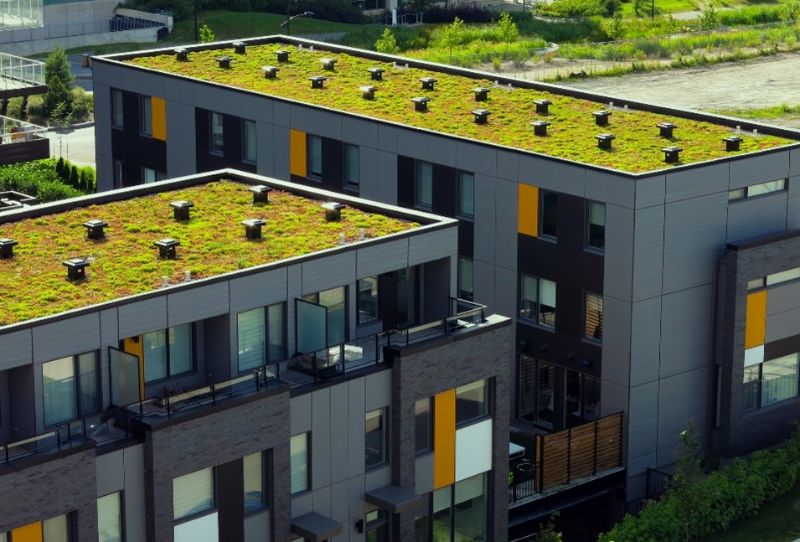
PPQS Quantity Surveyors for Green Buildings:
PPQS is a quantity surveyors company. Our quantity surveyors are experts in the construction industry and are experienced in handling any type of construction, including green buildings. We offer the following services that will be instrumental in the development of your green building.
- Viability Studies.
- Cost Estimation.
- Tender Documentation.
- Contract Admin and Final Accounts.
- Project Management Assistance.
- Contractor Assistance.
- Cash Flow and Cost Reports.
- Monthly Valuations and Payments.
PPQS is a Cape Town-based quantity surveyors company, and we offer our services to Cape Town, Somerset West, Strand, Stellenbosch, Durbanville, Cape Metropole, the Helderberg Area, the Cape Winelands, Overberg, the Garden Route, and the West Coast. If you are located in any of these areas and need a quantity surveyor for your green building project, get in contact with one of our friendly experts.
PPQS upholds professionalism, quality, and efficiency. We are driven to provide you with a partnership that will support you throughout your entire green building project.
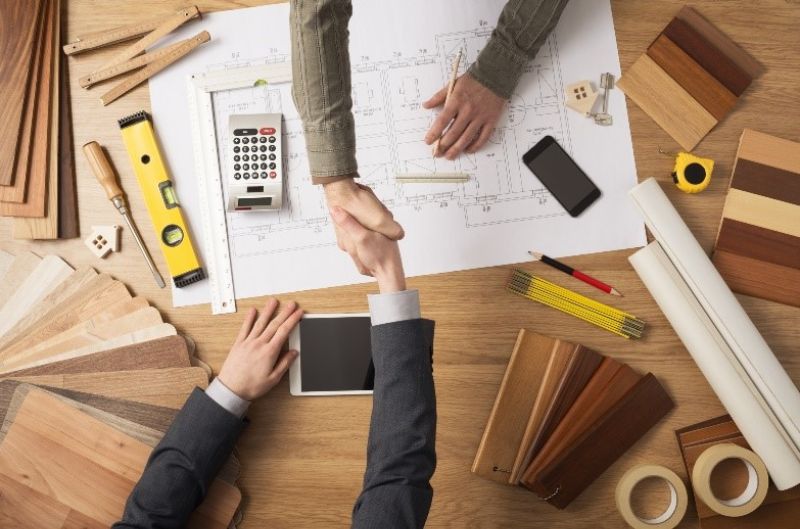
Sustainable Recommendations for Green Building Development:
When it comes to designing and constructing a green building, green buildings are ultimately focused on reducing energy and water consumption, choosing sustainable materials, and paying attention to site impact.
We have outlined a few possible recommendations a quantity surveyor will make to incorporate into the design and construction of a green building.
Reduced Energy Consumption:
Every green building is driven towards reducing its consumption of energy, specifically fossil fuel energy. Here are a few ways a green building can reduce its energy consumption.
Renewable Energy Sources: Global warming and climate change are currently major issues the world is facing, and one major contributor to these problems is the use of fossil fuels as energy sources. Green buildings strive to reduce their consumption of fossil fuel energy by turning towards other renewable energy sources, such as solar.
Increased Windows: By increasing the number of windows in a building, you increase the amount of natural daylight in a building and therefore reduce the amount of artificial lighting the building will require. This will reduce the energy consumption levels during the operating phase of the building.
Hot Water Heaters: For heated water, the building can incorporate either a water system that is heated by either a solar-powered heating system or a gas hot water system.
Insulation: Ensuring that the building is adequately insulated will reduce the need for heating because the loss of heat and energy will be minimised.
Design Elements: There are other various design elements to incorporate into the design and construction of a green building to reduce energy consumption. For example, you can include roof vents in the building which will allow hot air to escape or you can have a light-coloured roof to reflect heat from the building. Both these design elements reduce the energy consumption required by the cooling system for the building.

Reduced Water Consumption:
There are various ways a green building can reduce the amount of water it uses. One way is to use alternative water sources for certain building operations. This can be achieved during the design phase by incorporating green infrastructure. Green water infrastructure will collect and treat wastewater and then return it into the buildings system and thus reduce its water consumption.
Sustainable Material Choices:
Green buildings make use of sustainable or recycled materials in the construction of their buildings to lower their overall energy consumption and environmental impact.
One example is reducing the amount of concrete in the construction of the building. Concrete made with Portland cement is one of the most widely used building materials across the world, yet the production and transportation of Portland cement have immense impacts on the environment. Using concrete made with recycled material cement alternatives is one way to develop a green building.
Site Impact:
Taking into consideration the natural landscape and vegetation is one way to increase the environmental sustainability of a building. By minimising the impact of the building on the land and reducing the amount of natural vegetation that is removed for the construction of the building, the surrounding environment will not be as severely impacted by the building.
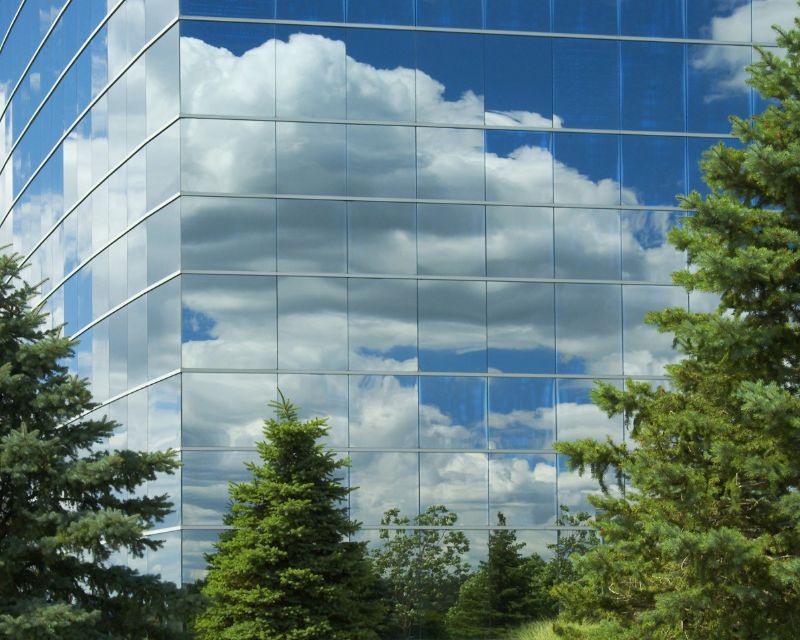
Green Buildings in South Africa:
The need for green buildings is driven by the ever-increasing need for more sustainable building options for a better future, and South Africa is slowly embracing this trend. More and more we are seeing the construction of green buildings across South Africa.
We have listed a few of the green buildings in South Africa which quantity surveyors assisted to actualise.
- Department of Environmental Affairs, Pretoria, Gauteng.
- The Silos, Cape Town, Western Cape.
- National English Literature Museum, Grahamstown, Eastern Cape.
- 29 Richefond Circle, Umhlanga Ridge, Kwa-Zulu Natal.
- 40-On-Oak, Melrose Arch, Gauteng.
- Portside Building, Foreshore, Cape Town, Western Cape.
- Hyundai Head Office, Bedfordview, Gauteng.
- Ballito Hills Lifestyle Estate, Ballito, Kwa-Zulu Natal.
- Lakeside Office Park, Centurion, Gauteng.
Partner with PPQS quantity surveyors to assist in the actualisation of your green building development.

